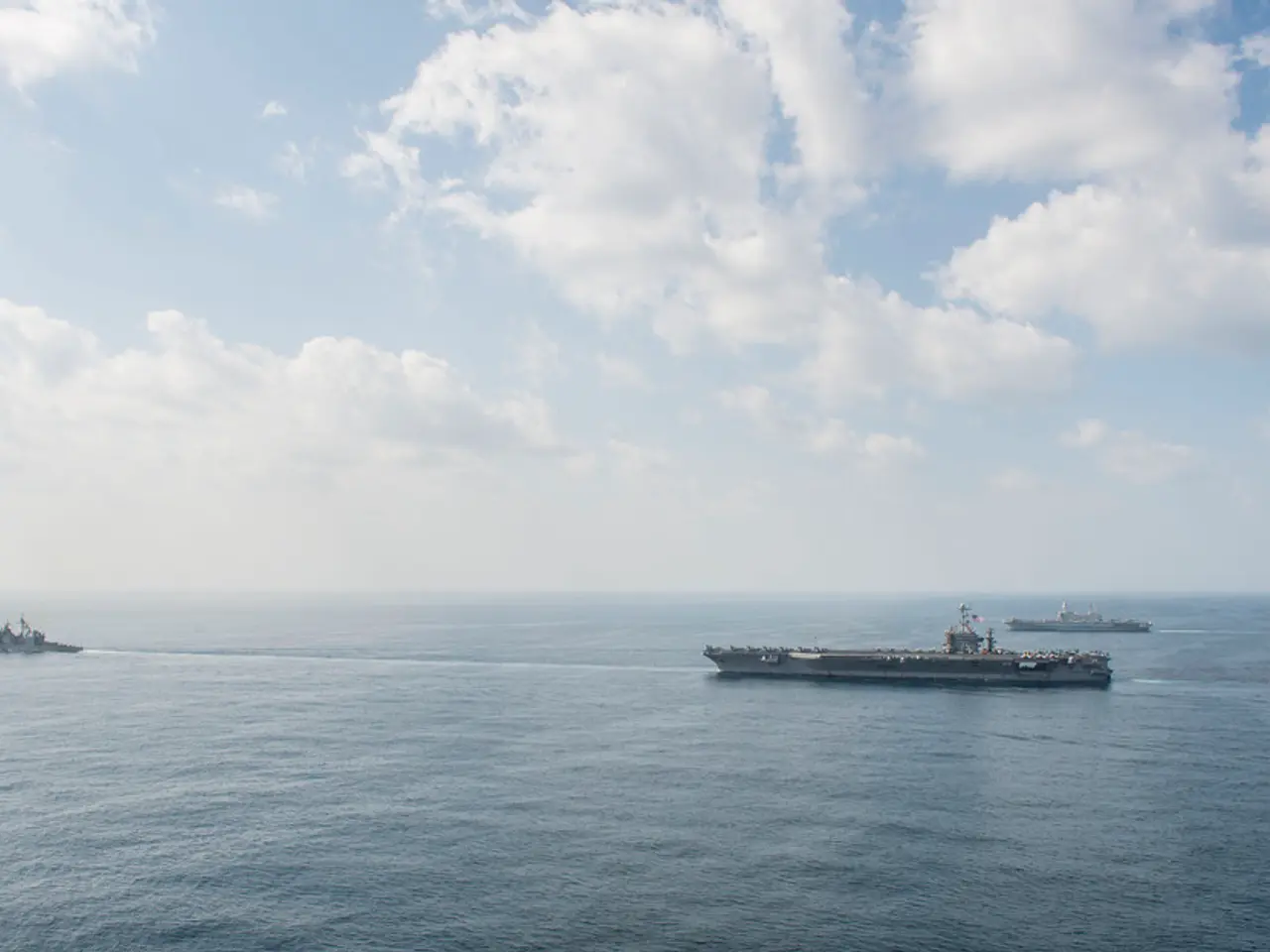Rapid enhancement anticipated in tsunami prediction, credited to the power of El Capitan supercomputer
New Tsunami Forecasting System Dramatically Reduces Response Times
A groundbreaking tsunami forecasting system, developed through a collaboration between Lawrence Livermore National Lab, the Oden Institute at the University of Texas at Austin, and the Scripps Institution of Oceanography at the University of California San Diego, is set to revolutionize disaster response for coastal communities.
The new forecast model, powered by the El Capitan supercomputer, delivers high-fidelity, real-time tsunami predictions in under a second after an earthquake occurs, marking a significant improvement over existing systems that can take hours or provide less accurate forecasts.
The key to this rapid response lies in three main improvements:
- Massive precomputation: Leveraging El Capitan's exascale computing power, an offline precomputation step was conducted to generate an immense library of physics-based simulations that map earthquake-induced seafloor motion to tsunami waves.
- Real-time sensor integration: The system combines streaming data from seafloor pressure sensors with these detailed simulations to perform physics-informed Bayesian inference, predicting seafloor motion and resulting tsunami wave heights rapidly and with quantified uncertainties.
- Unprecedented speed and accuracy: The team achieved a 10-billion-fold speedup over previous methods, solving a billion-parameter Bayesian inverse problem in under 0.2 seconds, enabling near-instantaneous predictions complete with uncertainty quantification on modest GPU clusters.
The system acts as a digital twin of the tsunami phenomenon, providing a dynamic, real-time representation of wave propagation. This is a paradigm shift from conventional models that are slower and often rely on more simplistic assumptions.
This advancement is particularly beneficial for fast-onset events, such as earthquakes along the US Pacific Northwest’s Cascadia Subduction Zone, where residents can have as little as 10 minutes to evacuate. The rapid and accurate forecasts give communities more time to reach safety, potentially saving many lives.
The digital twin developed for tsunami prediction on El Capitan has a level of complexity that is unprecedented for real-time running. It can predict tsunamis in seconds using modest GPU clusters.
Before its primary mission, El Capitan was used for scientific research, including extreme-scale acoustic gravity wave propagation problems necessary for real-time tsunami forecasting. The machine, El Capitan, features more than 43,500 of AMD's MI300A accelerated processing units (APUs), totaling 2.79 exaFLOPS of peak performance, making it the world's most powerful publicly known supercomputer.
For the forecast systems based on the model to be viable, networks of pressure sensors will need to grow, particularly in earthquake-prone regions. The model developed for tsunami prediction can help drastically reduce response times in the event of a tsunami.
Moreover, the Bayesian inversion framework used in the tsunami prediction model is not limited to tsunami prediction and can be applied to other complex systems, such as wildfire tracking and space weather. In late 2024, El Capitan claimed the No. 1 spot on the Top500 ranking of publicly known supers with 1.74 exaFLOPS in the LINPACK benchmark.
Tzanio Kolev, who co-authored the paper, stated that this is the first digital twin with this level of complexity that runs in real time. The application of the Bayesian inversion framework is not limited to tsunami prediction and can be applied to other complex systems.
In conclusion, by harnessing El Capitan’s unparalleled computational power, integrating real-time deep ocean sensor data, and using sophisticated physics-based modeling, the new tsunami forecasting system reduces warning times from hours to seconds, marking a major advancement in disaster response for coastal areas.
- In the field of science, a novel development has emerged – a digital twin for tsunami prediction, designed on El Capitan, a superior supercomputer that also aids in scientific research, such as extreme-scale acoustic gravity wave propagation problems necessary for real-time tsunami forecasting.
- This digital twin, with its unprecedented level of complexity, is not only beneficial for real-time tsunami predictions but can also be utilized for solving other complex systems, such as wildfire tracking and space weather, employing the same Bayesian inversion framework.
- Aside from its primary function, the digital twin can significantly boost the efficiency of various sectors, like health-and-wellness, fitness-and-exercise, technology, education-and-self-development, and even security through improved predictions and quicker response times to catastrophic events.
- To maximize the potential of this cutting-edge system, there should be a growth in the network of pressure sensors, particularly in earthquake-prone regions, creating a foundational infrastructure for instantaneous predictions and faster disaster response times, possibly saving countless lives.




